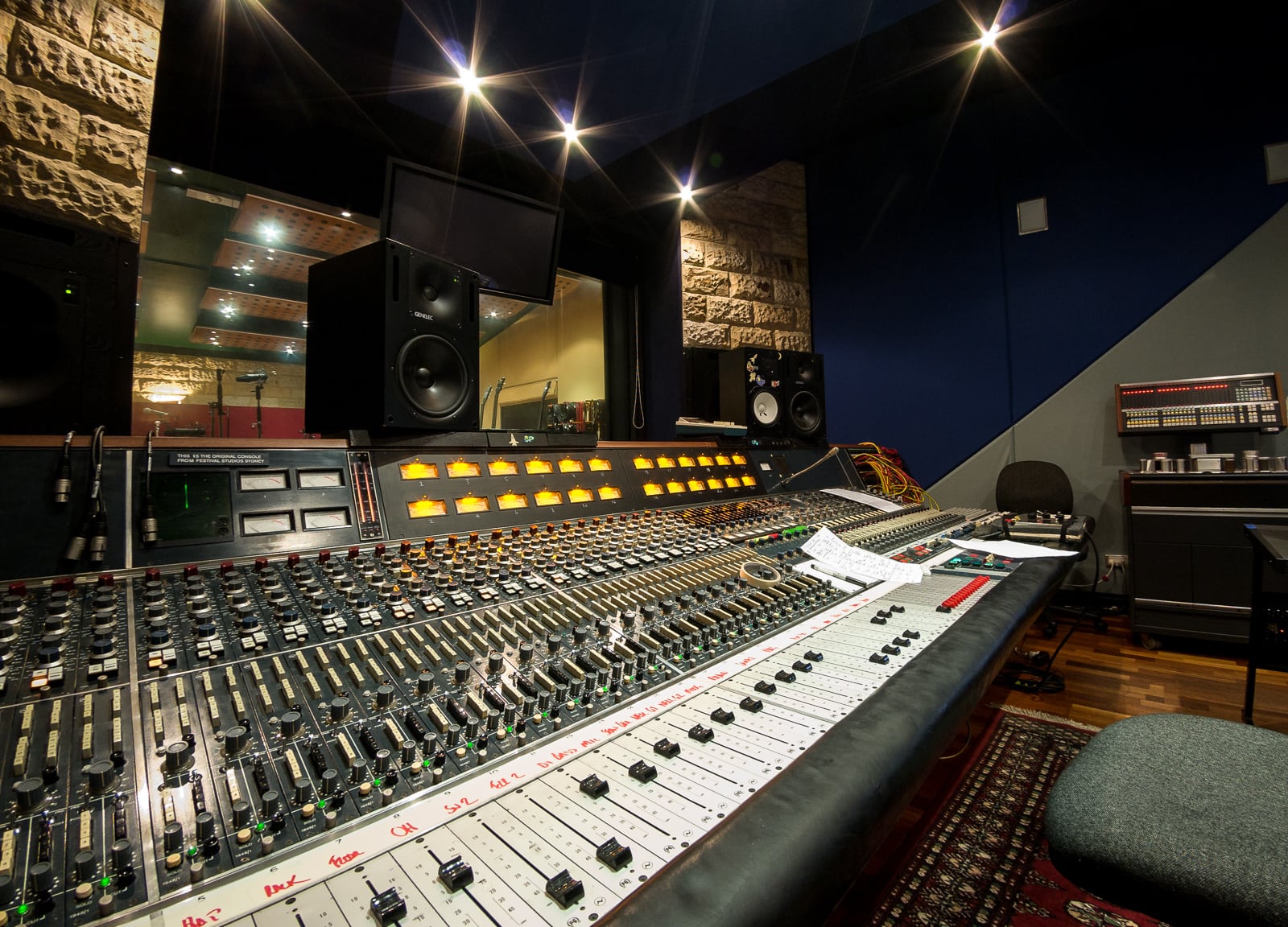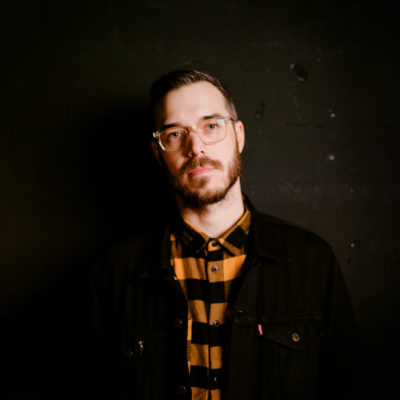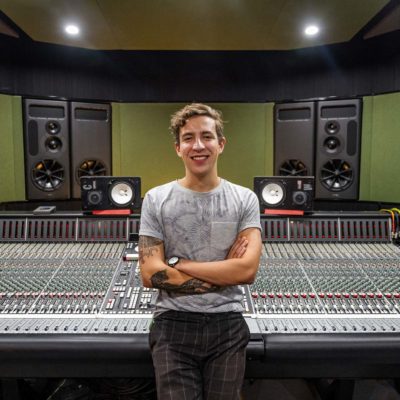Former 301 Engineers
Some of our friends and engineers who have been part of the Studios 301 journey.
Other great engineers who have been part of the Studios 301 history include Eric J Dubowsky (Dua Lipa, Flume, The Chemical Brothers, Kylie Minogue), Nick DiDia (Bruce Springsteen, Train, Stone Temple Pilots, Pearl Jam), Mark Opitz (AC/DC, Cold Chisel, INXS, Rose Tattoo), Peter Cobbin (Amy Winehouse, Ed Sheeran, Freddie Mercury, Paul McCartney), Richard Lush (Beatles, Air Supply, Slim Dusty, Olivia Newton-John), Mark Moffatt (Mondo Rock, The Saints, Paul Norton) and many more.
The History of Studios 301
Studios 301, established in 1926 as a subsidiary of the Columbia Graphophone Company, stands as Australia’s longest-running professional recording studio. Originally located in Homebush, it relocated to 301 Castlereagh Street in Sydney in 1954, becoming EMI Studios. Over the decades, Studios 301 has been at the forefront of audio innovation, introducing Australia’s first fully digital recording in 1979 and installing the country’s first SSL console in 1985. In 1978, the facility was rebuilt and rebranded as Studios 301, marking a new era in its storied history.
In 1999, under the direction of producer and engineer Tom Misner, Studios 301 underwent a significant transformation, relocating to Alexandria, Sydney, with an investment of AUD$8 million. This move solidified its position as a premier recording destination. The studio’s legacy continued with the opening of a new multimillion-dollar facility in February 2018, reaffirming its status as a top-tier recording complex. Designed to cater to the evolving needs of artists, this state-of-the-art facility boasts world-class acoustic spaces and cutting-edge technology.
Throughout its history, Studios 301 has hosted an array of internationally acclaimed artists, including Coldplay, Justin Bieber, Kanye West, Lady Gaga, U2, David Bowie, INXS, Elton John, Prince, Bob Dylan, Snoop Dogg, The Black Eyed Peas, Flume, Lana Del Rey, Katy Perry, Lizzo, Charli XCX, A$AP Rocky, Migos, The Weeknd, Delta Goodrem, Cold Chisel, Matt Corby, and Amy Shark. Its reputation as a hub for musical excellence continues to attract both global superstars and emerging talents.
Today, Studios 301 remains a cornerstone of Australia’s music industry, offering comprehensive services in recording, mixing, mastering, and digitisation. With a commitment to fostering the next generation of musical talent, it continues to shape the sound of music in Sydney and beyond.

The Studios 301 History
2025
Reinventing Australia’s Longest Running Recording Studio
Shortly before the 100th anniversary, Studios 301 has moved to new premises in Surry Hills and additional spaces are in the planning phase.
Ready to write the next 100 years of music history.

2018
New Multi-Million Dollar Facility Grand Opening

Dr. Tom Misner committed to a multi-million dollar ground-up reconstruction and relocation project that took 16 months and an incredible 134,000 hours of labour to complete. The result is a no-compromise studio that now ranks as one of the top five studios in the world.
2016
Australia’s longest running professional recording studio
Studios 301 celebrates its 90th birthday as Australia’s longest running professional recording studio
2015
Studios 301 Byron Bay Studio closes
2012
Six new music production studios

Six new music production studios open next door to the mastering facilities, occupied by composers, engineers and artists
2009
10th Birthday
Studios 301 celebrates its 10th birthday at the Alexandria facilities in November
2006
Studios 301 Mastering relocates

Studios 301 Mastering relocates to the extended premises at the 301 complex in Alexandria, Sydney
2004
SSL 9000K
SSL 9000K series console is installed in Sydney Studio 2
2003
Studios 301 Stockholm
Soundtrade Studios (Stockholm, Sweden) re-opens after a major refurbishment and is renamed Studios 301 Stockholm
2002
Studios 301 Byron Bay opens

2001
75 years
Studios 301 celebrated 75 years of recording in Australia, and Studios 301 Cologne, Germany opens.
1999
Studios 301 recording facilities are relocated to Alexandria
Studios 301 recording facilities are relocated to Alexandria at a cost of AUS$8 million under the direction of Tom Misner
1998
Soundtrade Studios, Sweden
Studios 301 sold to a private investor. The 301 Studio Group takes over Soundtrade Studios in Stockholm, Sweden.
1996
EMI sells Studios 301
EMI sells Studios 301 in a management buy-out. Studios A & B closed down and the facility consolidated to one recording and mixing studio, a programming suite, and the mastering operation
1985
First SSL console
The studio’s first SSL console is installed. (Richard Lush records Debbie Byrne album)
1979
First fully digital recording
Australia’s first fully digital recording is made at Studios 301. (Kerrie Biddell and her band)
1978
Studios 301 renaming
In 1978 the entire facility was rebuilt, re-equipped and expanded by EMI to provide 4 studios and was renamed Studios 301
1975
Transition to Studer 24 track 2″ recording
1973
“Abbey Road” Console
The EMI “Abbey Road” Console with a 16 track 2″ machine is installed
1969
3M 1″ machine
Transition to 8 track recording using a 3M 1″ machine
1965
4 track 1/2″ recorder
A Scully 4 track 1/2″ recorder introduced for music recording
1962
First transistor mixing console

The first fully transistorised mixing console is installed. (Designed and built by EMI)
1958
Stereo Recording
Stereo Recording is introduced. (First Stereo recording is of Don Burrows All Star band)
1954
301 Castlereagh Street



The studio was re-located to EMI’s new head office building at 301 Castlereagh Street in the city and renamed EMI Studios. There were 3 recording studios: A, B & C plus disc mastering facilities. As well as music for release on record labels, much of the work undertaken in the early days was for local radio broadcast including the immortal “Dad & Dave” programmes. Jingles for commercial radio & TV, as well as film scores were also a significant part of the studio’s business.
1950
First symphony recording in Australia

Recorded the first symphony in Australia. (John Antill’s ballet suite with the Sydney Symphony Orchestra)
1932
Australia’s first recording of ABC Radio

When the ABC was less than 4 months old, Columbia Graphophone was tasked to record the 1932 Melbourne Cup and release it to the public.
1930
First Experimental radio transcription was made in the studios
1928
Kingsford-Smith and Ulm

Recording made of the arrival of Kingsford-Smith and Ulm from their America-Australia Flight
1926
Columbia Graphophone Company

The Columbia Graphophone Company (later to become EMI Records) opened Australia’s first record factory and recording studio













